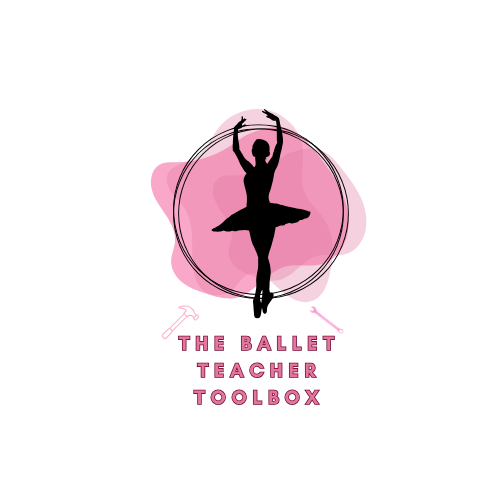Too Much to Teach, Too Little Time?
Feel like you are cramming everything into a lesson?
Is there never enough time?
Does good technical alignment take too long to master?
Dear Teacher,
Today I caught myself trying to do it all again.
Correct posture. Fix turnout. Remind them about the ribs, the spine, the neck, the hips, the knees… in every single exercise. And suddenly, the class felt scattered, overwhelmed, even a little disconnected. Not just for them but for me too.
It hit me like a quiet truth echoing from the corner of the studio:
“You don’t need more time. You need to go deeper. Go deep not wide.”
Go SLOW to go FAST….
Let’s be honest, ballet technique takes time. A lot of it.
And yet, in a 60-minute class, we try to fix posture, develop artistry, correct bad habits, refine épaulement, and somehow squeeze in rehearsals for concerts, exams and performance opportunities.
But here’s the cost: the more we add, the less they retain.
Overload leads to shut down. And even though your intention is to build them up, the result is often confusion and lack of consistency.
I used to think the problem was the students.
But really, the problem was in my own approach!
Today’s Studio Shift: Teaching Technique in the Warm-Up Itself
This afternoon, on my drive over to the ballet studio, I remembered something I already knew, but had somehow forgotten: “The warm up is the gateway to potent neural pathways.”
I made a decision then and there: instead of rushing through warm up just to get to syllabus and concert work, I was going to build the entire foundation of turnout and alignment right there. Not later. Not sprinkled across exercises. Right at the start.
I chose three targeted exercises.
Each one laser-focused on a technical anchor point:
Lower abdominals & pelvis neutralisation exercise
Torso and upper body placement exercise - Lift through the waist, soft closed ribs, open chest, neck and shoulder blade alignment
Turn out placement and strength exercise
And here’s the best part, we didn’t just do the exercises.
We felt them.
I cued slower.
I said less.
I asked more.
“Where do you feel your ribs?”
“What does your turnout feel like when your pelvis is level?”
“Can you still breathe with your sternum lifted?”
“Can you feel you are held but with little to no tension in your body?”
Working in Action: One Warm-Up, Lasting Impact…
This same lesson, we’d completed a full barre, port de bras and allegro. In the final exercise of the day, Grand Allegro, it hit me like a ton of bricks…I looked around.
- Jamie’s shoulders hadn’t crept up all lesson.
- Ava’s ribs were consistently softly closed, not over flared.
- Daisy was holding turnout and length through the torso….for the first time ever!
Not because I reminded them again and again like a nagging granny during every exercise. But because their bodies knew the feeling. They had practiced it early on in the warm up. Intentionally. Simply.
Their bodies remembered.
Their focus was sharper.
Their application of technique was consistent throughout the lesson!
I’d won the ballet teacher jackpot!
That’s when I realised:
Technique doesn’t have to be scattered across every combination.
It can live in the foundation.
In the feeling.
In the first 10 minutes of class.
Today Taught Me:
You don’t need to rush to fit everything in.
Going deeper into fewer things creates more space for students to integrate what I was asking for them. Quick results of consistent technique was the result of this!
Warm up is not just physical cardio. It’s cognitive. It’s alignment. It’s activation. It’s focus.
When the warm-up teaches feeling, the studio becomes an effortless performance.
Why This Strategy Works:
Reduces cognitive overload – students aren’t playing “catch up” on corrections all class.
Reinforces consistency – same alignment themes from barre to centre.
Builds confidence early – they feel “right” from the start and carry that through the entire lesson.
Frees you to teach other things – when alignment is already engaged, you can focus on quality of movement, musicality, artistry etc.





